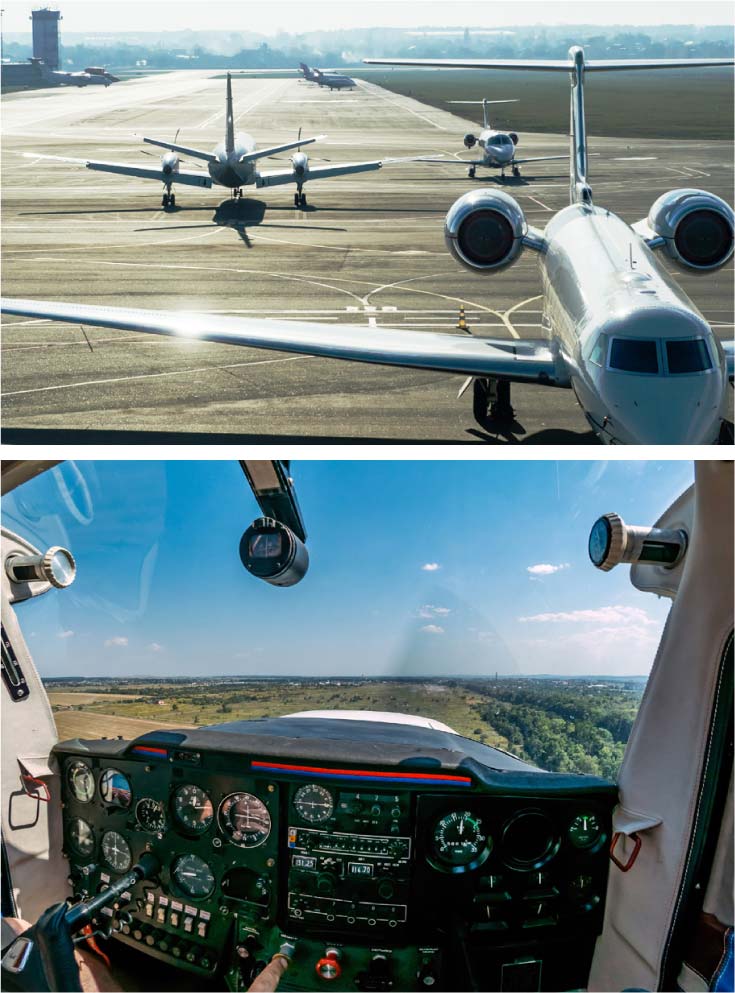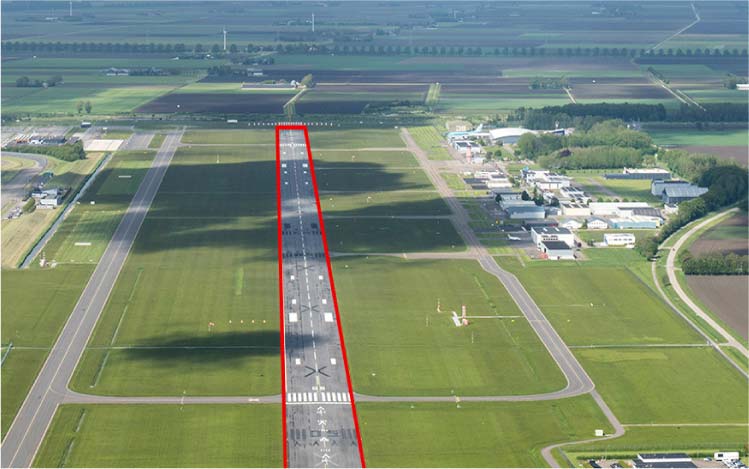Overview

Statistics has shown that small planes are involved in more accidents than larger commercial aircrafts, due to errors made by less experienced pilots and the lack of more advanced computer-aided safety systems—including traffic advisory, predictive and avoidance systems, along with other factors. While the increasingly fledging Edge Computing and Artificial Intelligence technologies will help to solve the problems soon by enabling autonomous systems designed for airborne vehicles and implemented by advanced small-sized edge AI servers.
One of our customer's projects leveraged Neousys' super compact and rugged AI inference platform to develop machine learning and autonomous flight solutions. The results of their efforts are making today’s innovative ideas become tomorrow’s aviation reality, including a line of revolutionary autonomous aircrafts with one to four passenger seats which they call “air taxis”, a breed of selfpiloted next-generation aircrafts flying on battery power with vertical takeoffs and landings, which they believe are likely to usher in an age of “urban air mobility”, when “flying cars” become optional for commuter vehicles. Though solid regulatory support for civilian autonomous flights is not in place yet, a BluePaper from Morgan Stanley
Research estimates the electric vertical takeoff and landing (eVTOL) market worth will hit $1.5 trillion by 2040. The autonomous system developed by the Silicon Valley-based innovation center has also flown on many massive commercial aircrafts (weighing 315 tons) for automated takeoffs and landings to avoid human errors possibly caused by fatigue and stress.
Challenges

Safety concerns and certifications
Though autonomous vehicles are not a novice in the defense sector, the expansion of this technology to the civilian side needs to persuade the public that machines can make better decisions than human operators. One of the main goals of our customer's autonomous flight project is to develop scalable and certifiable system solutions which will also help to establish industrial standards and gain public trust
Data capacities and real time reactions
The AI-based autonomous flight needs extensive data acquisition to build imagery from day to nighttime as well as degraded visual conditions for training machine learning models. While in a flight, it will also require real time processing capabilities and zero-delay reactions based on dynamic data inputs from a various sensors
Super ruggedness to withstand shock and vibration
This is particularly important for computers on small airplanes as they are more susceptible to turbulence as small airplane are unable to fly to higher altitudes to avoid adverse weather conditions.
High performance vs. compactness and ruggedness requirements
However, high performance requirement often runs into contradiction with ruggedness requirement and space constraints, especially when it comes to the small aircrafts. The developer has to seek for a computing solution that strikes the best balance among these contradictory elements and provide the highest performance and reliability as possible.
The Solution and Neousys' Role
Neousys' AI inference platform Nuvo-7166GC, which runs on NVIDIA® Tesla T4 GPU and Intel® 9th/8th-Gen Core™ processor, has become their choice for computing solution in this autonomous flight project. Each autonomous system deployed on their aircrafts is built on Nuvo-7166GC for implementing real time data collection and AI inference and delivering precise control of the aircrafts.
Advantages of Neousys Nuvo-7166GC
- Nuvo-7166GC is one of the smallest NVIDIA-Tesla qualified servers ever designed for T4 support, which can be easily installed and nicely fit into their niche in a space-strained system to unleash unmatched level of processing power and AI acceleration capabilities.
- Nuvo-7166GC is a super ruggedized system built for mission-critical operations utilizing Neousys' patented Cassette module and optimized cooling solution, which is able to guarantee operating temperatures of up to 60°C under 100% CPU and GPU loading and withstand constant shock and vibration in line with military standards.
- Providing rich and versatile I/O deployment to support data and sensory capabilities needed for autonomous flight, including an M.2 NVMe interface for ultra-fast disk access and USB 3.1 Gen2/ GbE/ PoE ports for data input. An additional Gen3 x8 link PCIe slot is also provided for installing a high performance PCIe card or a variety of sensor/ image acquisition cards










